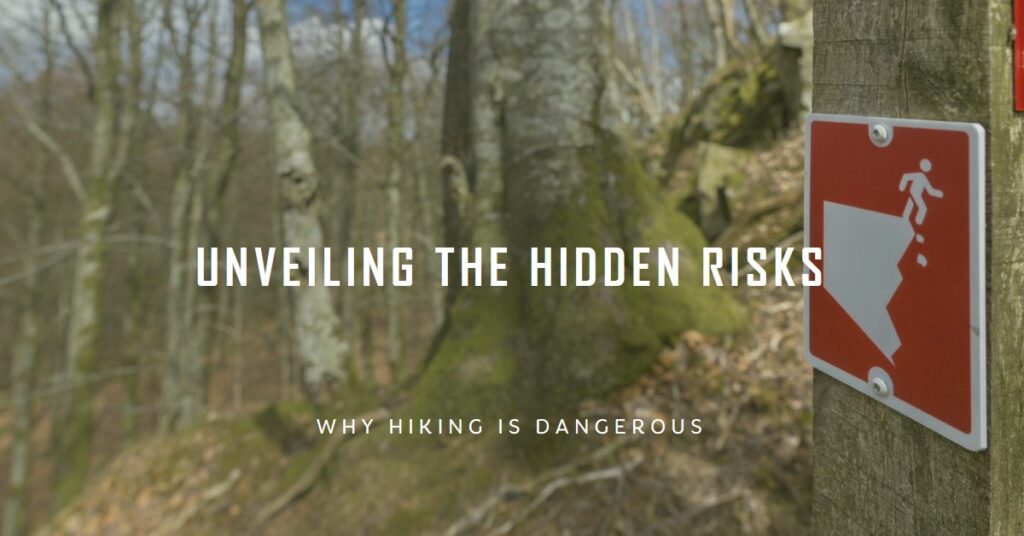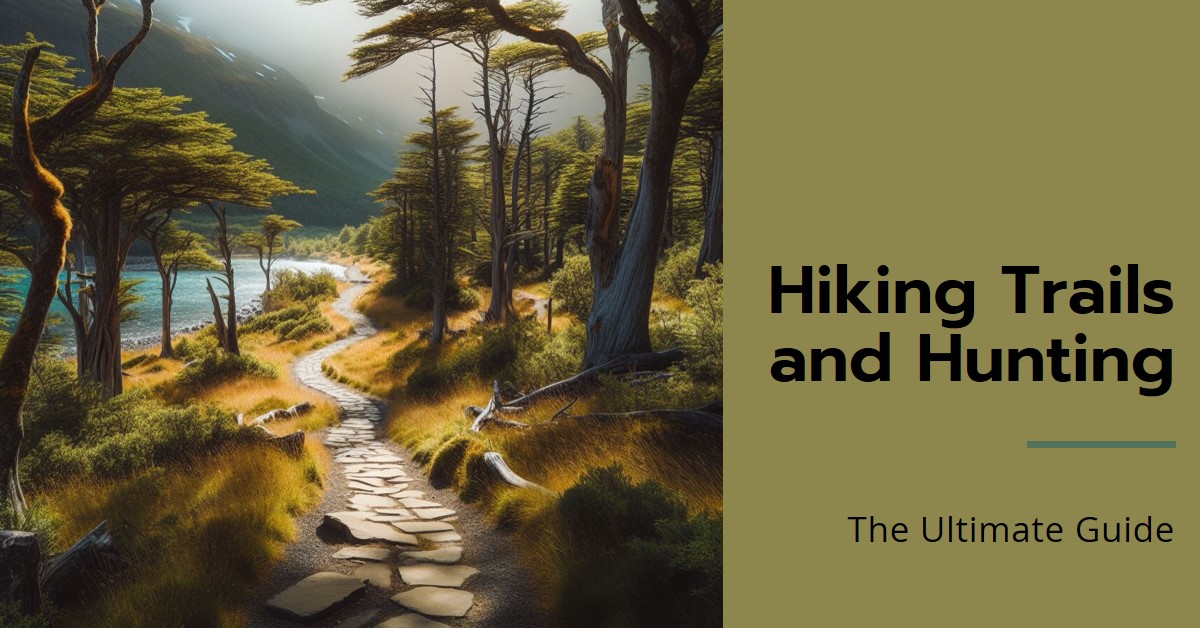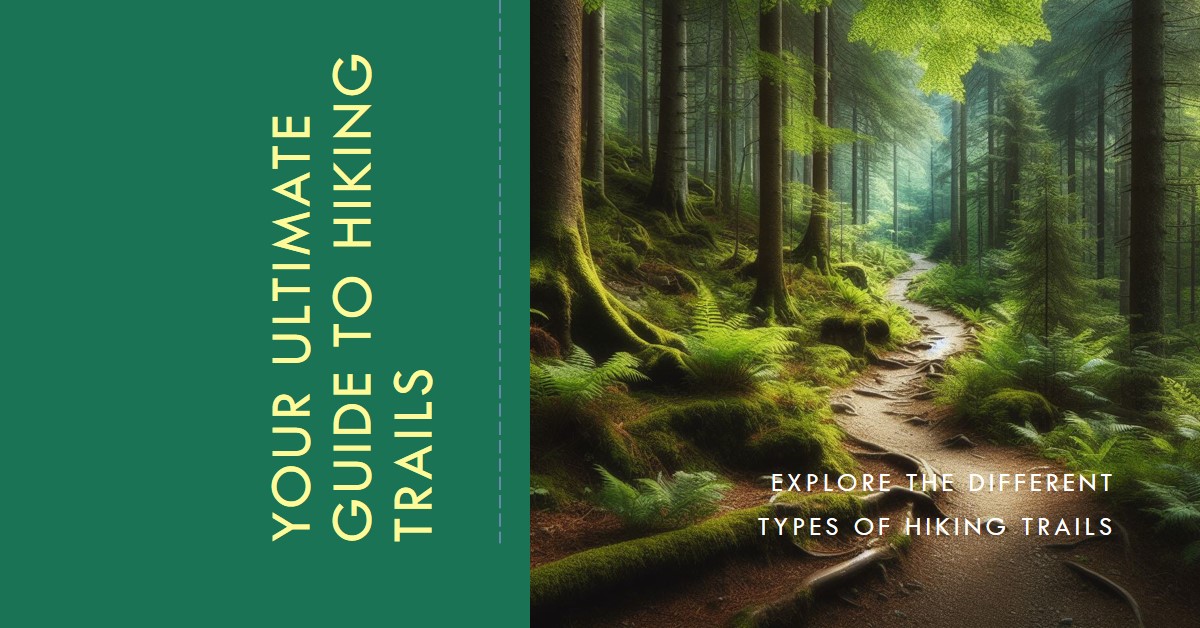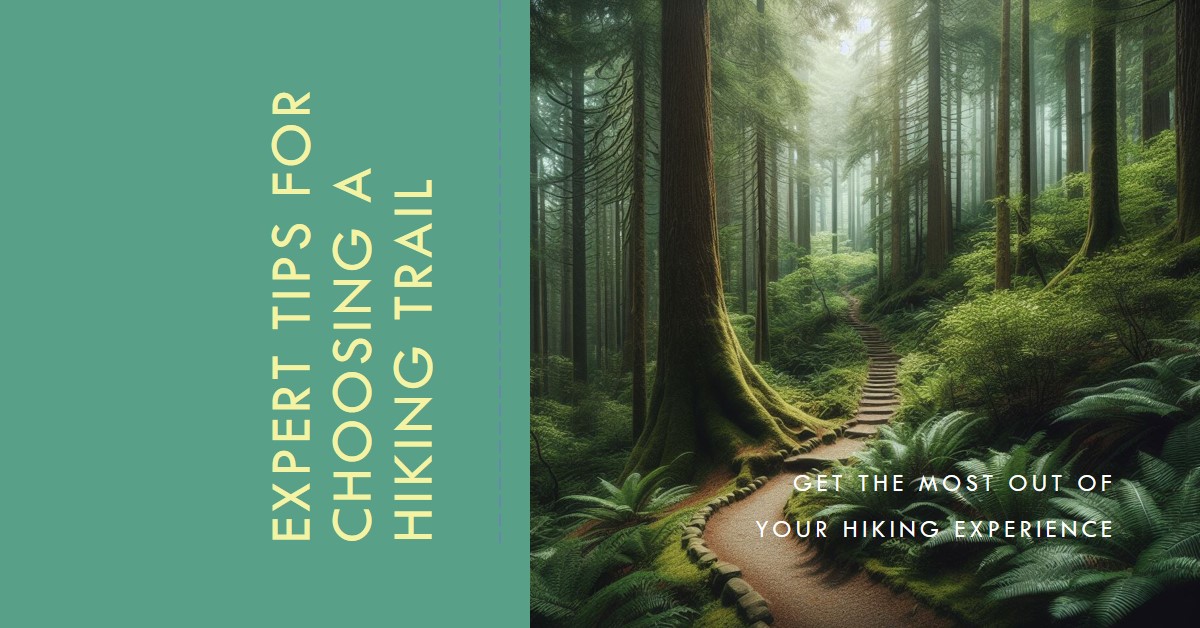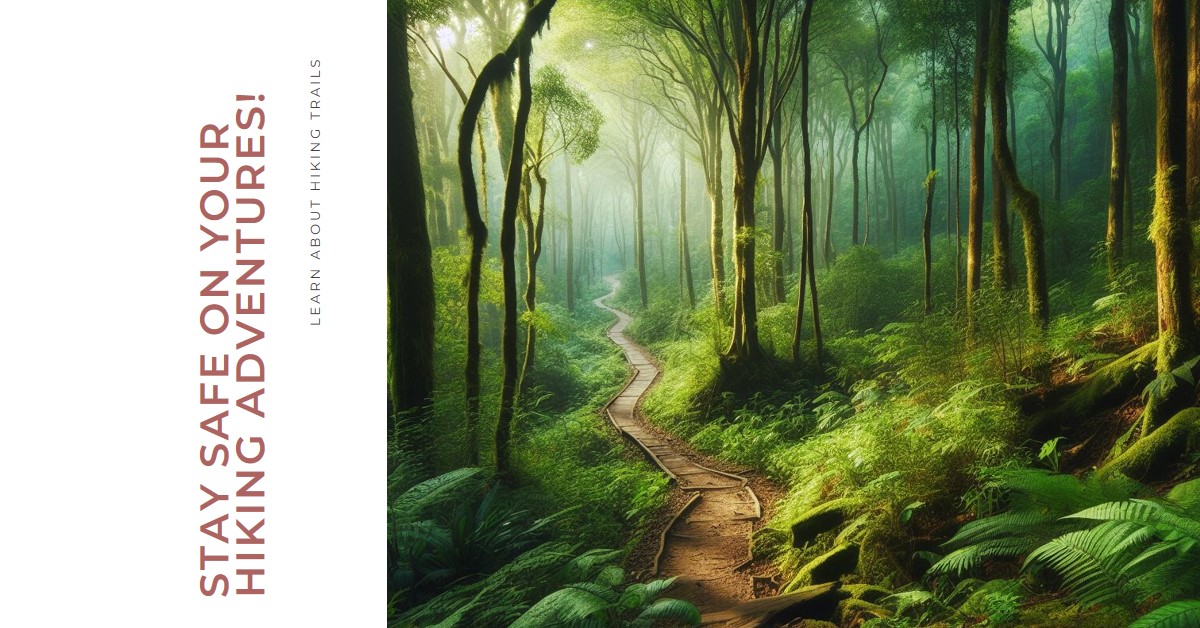Table of Contents
Exposing the Hidden Dangers of Hiking: A Pathfinder’s Guide
Embracing landscapes that leave you breathless, immersing yourself in nature’s artistry, and sprinting towards an adrenaline rush- hiking encapsulates all these experiences and more. However, like any coin with two sides, there are inherent dangers lurking behind the exhilarating thrill. Falling off the track, wrestling physical exhaustion, countering dehydration, combating hypothermia, heatstroke, potential accidents, and sustaining injuries- even experiencing wildlife encounters or unexpected medical emergencies can transform hiking into a risky adventure.
Nevertheless, apprehension should not deter the curious spirit of a hiker. With calculated precautions and adequate preparedness, hikers can reduce these potential risks substantially, ensuring the journey remains as beautiful as the destination. Embarking on the thrilling hike also requires acknowledging and respecting the trail through conscious steps to prevent soil compaction and green cover depletion. Although certain pitfalls remain, hiking benefits your health significantly, providing an effective antidote for hypertension, aiding in glucose balance, and keeping ‘bad’ cholesterol in check.
So, strap on your hiking gear and set forth fearlessly into nature’s expansive terrain, where each step brims with a blend of risks and rewards.
Decoding Hiking Dangers: Understanding Risks on the Trail
1. **Lost in the Wilderness**
In unfamiliar terrains, losing one’s way is a common challenge. Poor signage or inadequate navigational proficiency can quickly snowball into a perilous situation.
2. **Energy Drain & Dehydration**
Extended hours of hiking take a toll on the body, leading to debilitating fatigue. Combined with insufficient water intake, dehydration can majorly impact energy levels and overall health.
3. **The Dreaded Hypothermia & Heatstroke**
Weather extremities pose serious challenges on the trail. Cold snaps trigger hypothermia, while scorching temperatures make way for heatstroke.
4. **Accidents Waiting to Happen**
Potential accidents from slips, falls, or clashes with falling objects are readily looming on the hazardous hiking terrains, featuring uneven paths and loose rocks.
5. **Fierce Nature Encounters**
Wilderness hiking means venturing into nature’s territory. Be prepared for inadvertent encounters with wildlife, toxic flora, and stinging insects resulting in unexpected injuries or allergic reactions.
6. **Medical Emergencies on the March**
Hiking involves physical exertion, which can sometimes cause health scares or exacerbate existing conditions, making medical emergencies a probable risk. Carrying neccessary medications and a first-aid kit can potentially be a lifesaver.
Hiking Benefits: The Silver Lining Amidst the Clouds
While the trail teems with lurking risks, the rewards of hiking beautifully tip the scale. Cautious measures and thorough preparation uncover myriad benefits waiting to enrich your walking experience.
1. **Physical Health Benefits**
Regular, moderate walking significantly reduces high blood pressure, improves glucose tolerance, and curbs the threat of ‘bad’ cholesterol. ACcording to the CDC, walking for an hour five times a week can cut your risk of having a stroke in half.
2. **The Mental Boost**
Embracing tranquility during a walk helps relieve stress and anxiety, enriching mental health. Being surrounded by nature and breathing fresh air induces positivity and improves well-being.
Taking regular walks combines physical benefits with mental health benefits, making walking a host of benefits seamlessly integrated into every step. So conquer your path to a healthier, more active lifestyle.
Boating Hazards Hiking Risks and Safety Precautions
Awareness of the potential dangers and the solution to limit them is teh first step towards a successful adventure. Let us understand the potential dangers and precautions necessary necessary to ensure a mutually respectful communion with nature.
1. **The hidden dangers of hiking**
The exciting journey also involves risks such as getting lost, physical exhaustion, exposure to harsh weather conditions, possible injuries from accidents, harmful encounters with native fauna and health emergencies. . .
2. **Injury Risks**
Slips and falls on slippery or uneven terrain, and tackling falling objects are some of the obvious injury risks while hiking. Walking on rocky trails or steep cliffs can often lead to sprained ankles or falls, leading to serious injuries.
3. **Safety Precautions and Preparation**
To ensure a safe and enjoyable trip, follow specific safety regulations and be prepared for unforeseen situations.
Route map for safe walking
1. Mapping out your route ahead of time and familiarizing yourself with potential issues can ensure a smooth experience.
2. Provide the essentials such as a cane, first aid kit, backpack, appropriate footwear, etc. WIll make it easier for you.
3. Stay hydrated and bring plenty of snacks to maintain energy levels.
4. There are many options to choose from with layered clothing to effectively control body temperature.
5. It is always a good idea to inform a partner or close friend of your hiking plans.
FAQ: Everything you need to know about the dangers of hiking
1. **Top 5 dangers of hiking**
Losing your way, dehydration, extreme weather conditions causing hypothermia or heat stroke, accidents, and scratches/bites from encounters with wild animals are common.
2. **Is it risky to walk through the forest?**
Exploring dense forests increases the chance of potential dangers. However, wtih proper preparation and safety measures, these risks can be significantly reduced.
3. **Is walking good for your health?**
In fact, walking offers numerous health benefits, from fighting high blood pressure to relieving stress and much more.
4. **How can hikers minimize trail damage?**
By being careful not to stray from the designated trail and following Leave No Trace principles, you can significantly reduce damage to the trail.
Challenging the Hiking Trail: Conclusion
Hiking is synonymous with an exciting and healthy adventure, but it is crucial to recognize the dangers that lurk. Hikers traveling through unknown terrain and embracing the wilderness may face the threat of getting lost, succumbing to extreme weather conditions, suffering from sudden accidents or health problems, problems, or coming face to face with the wilderness.
Proactive safety measures, careful preparation, and mindfulness along the trail can balance enjoying the hike with minimizing potential threats. So lace up, complete the security checks and head out to enjoy the exciting tranquility of the countryside.

